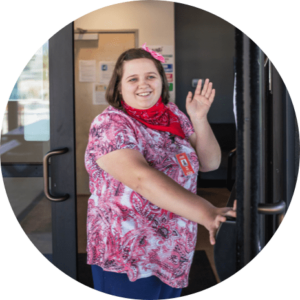Explore the ALSO Children’s Homes Wishlist and help fill the season with joy for the children supported by ALSO.
Explore the ALSO Children’s Homes Wishlist and help fill the season with joy for the children supported by ALSO.
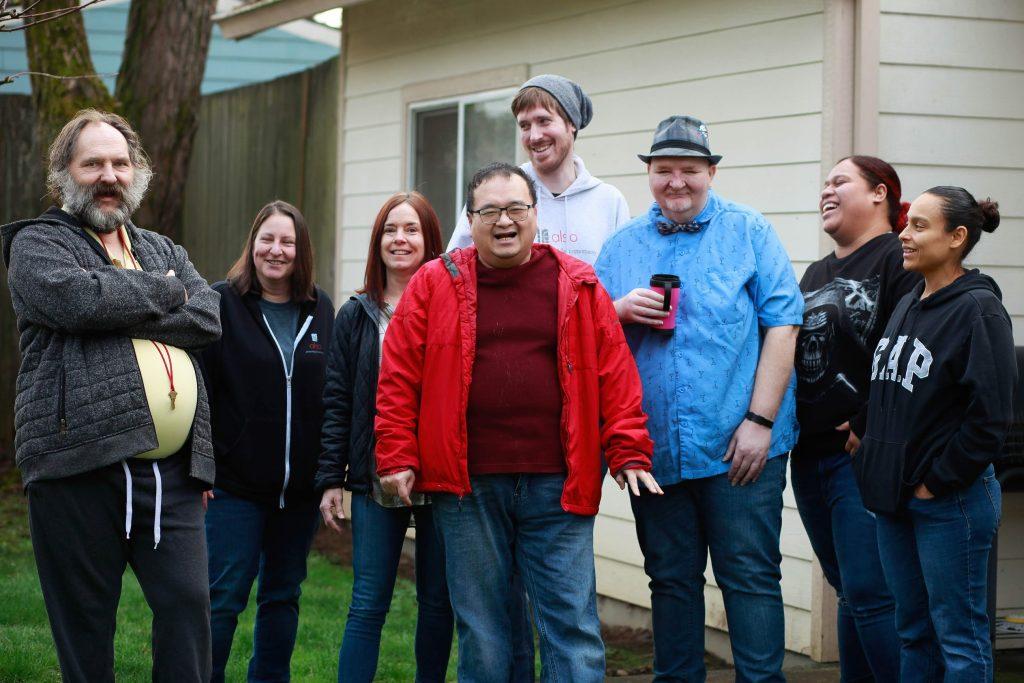
Are you living with a disability? Do you have a friend or loved one with a disability? If so, you know how important it is to live in a community that welcomes people with disabilities. Furthermore, you know the high value of building a strong support network. A good support network is a key factor in creating equal access to all a healthy and thriving community offers: social inclusion, recreational activities, employment, public transportation, and religious/spiritual involvement.
As Advocates for Life Skills and Opportunity (ALSO), we’re committed to assisting people with developmental and intellectual disabilities to achieve their desired goals of living and thriving in communities of their choosing. To help the people we support achieve these goals, we assist them in building a support system that helps them live, work, and function in their community. In addition, we educate community members without disabilities—advocating for disability inclusion in all aspects of society.
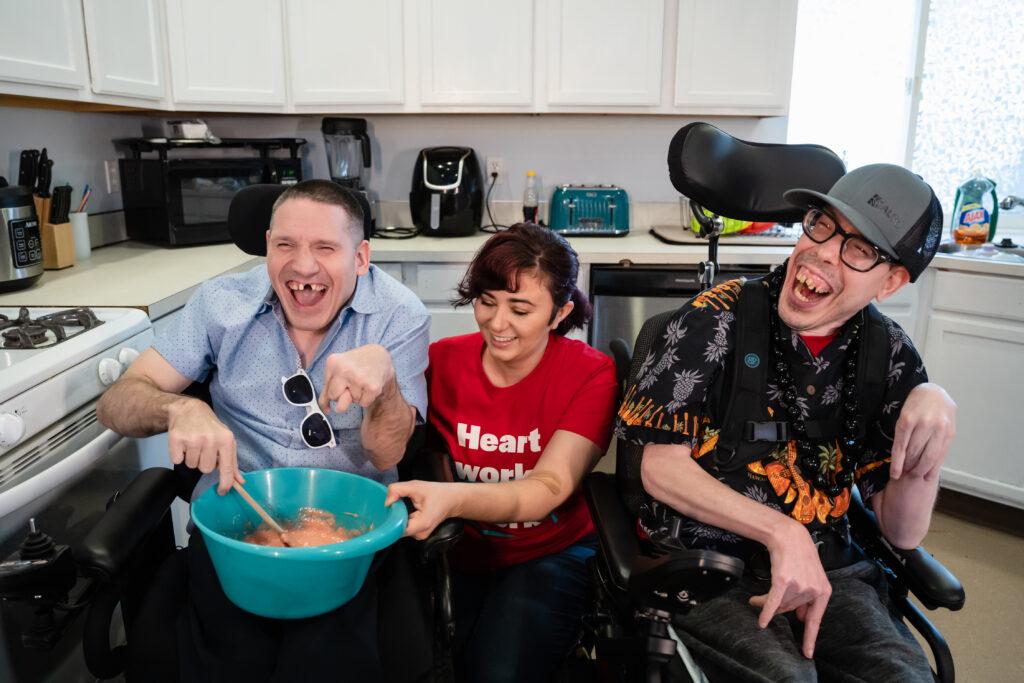
When considering what a strong support network looks like for people with disabilities, let’s break it down into three general categories.
As usual, people are key to any challenge and success! The people in the individual’s personal support system [1] must first have complete respect for the person with disabilities. They aren’t simply caregivers, but those who listen sensitively to their desires and goals, providing emotional support when needed. They help the person learn new skills and capitalize on their strengths—supporting them in self-advocacy and in being valued members of any community.
Good knowledge of the intellectual or developmental disabilities that your supported person is experiencing is extremely helpful. Members of the support system could be anyone that the person with disabilities chooses, for example, family members, teachers, employers, friends, or direct support professionals.
The environment in a disability-inclusive community needs to accommodate access needs. When we think of the environment, we often think of ramps, grab bars, and wheelchair swing sets for people with physical disabilities, and these accommodations are becoming progressively more common. A truly inclusive environment accommodates people with all disabilities. Here are just a few examples:
Landmark legislation such as the Americans with Disabilities Act (ADA), the Individuals with Disabilities Education Act (IDEA), and the Fair Housing Act (FHA) initiated monumental changes in the lives of millions of people with disabilities.
Just like any law or regulation, however, it takes continued day-to-day persistence by family members, disability advocates (and self-advocates), to educate others about disability rights [2] and ensure that community inclusion best practices remain strongly supported.
LEARN MORE: How to be More Inclusive of People with Disabilities in My Community
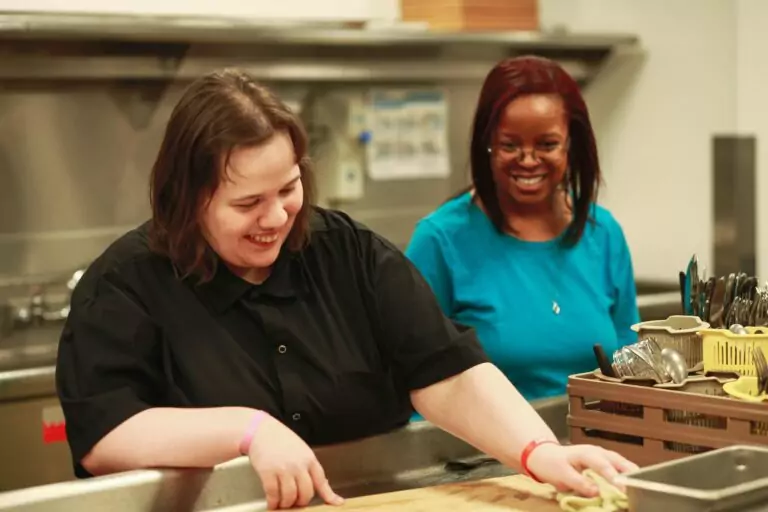
When a strong support network for persons with disabilities is well-planned and embraced by community members, [3] it results in the following:
Overall, people want the ability to live, work, and play. In fact, most of us feel like this is something we deserve. Therefore, when we work together towards full community inclusion, we’re creating a more fair, diverse, vibrant, compassionate, and resilient society.
LEARN MORE: The Positive Impact of People with Disabilities on Communities.
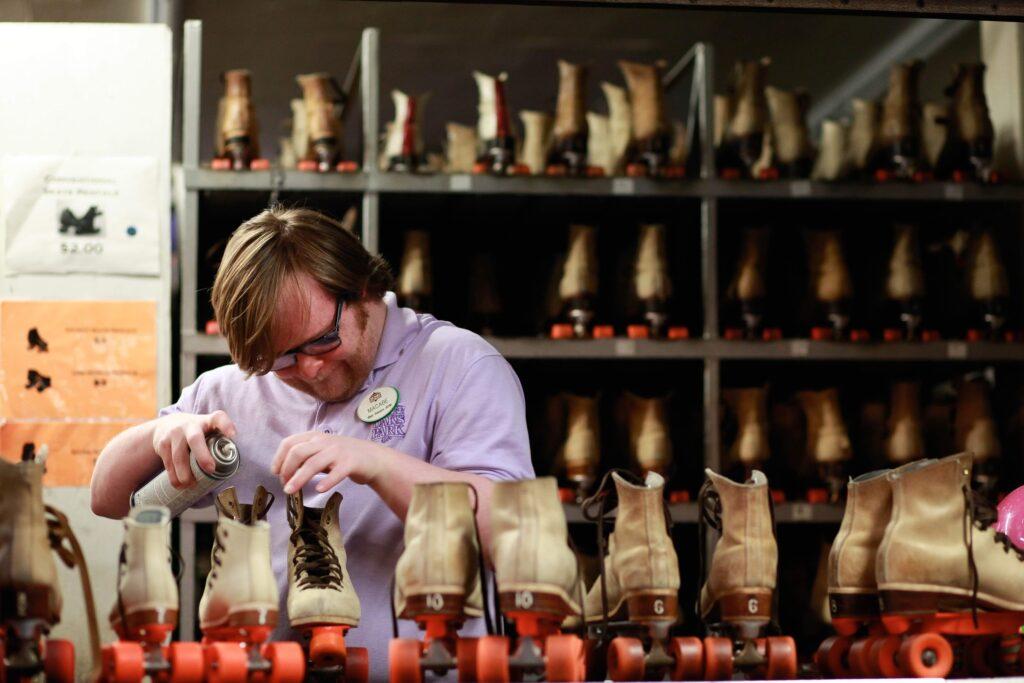
The national unemployment rate for people with disabilities is approximately double that of people without disabilities. [4] Supported employment programs involve helping persons with disabilities obtain competitive employment that fits their interests and abilities.
Employment specialists provide the necessary support to help individuals with disabilities be successful on the job. They also assist in communications with the employer. Common supported employment activities include:
LEARN MORE: History of Disability Employment in Oregon
Support from friends, family members, and other trusted individuals can have a major positive impact [5] on creating a positive community environment for individuals with disabilities. Close friends and family will likely have good knowledge of the strengths and needs of their loved one, and can communicate clearly with service providers, teachers, employers, and neighbors. Their advice and support will help the person with disabilities integrate into the community more successfully.
Loved ones can help the person with disabilities make new friends, look for places to live, and provide various types of practical assistance needed to thrive in the community. When needed, loved ones can be an important link to resources outside the person’s inner circle, such as community support groups. Friend and family support may also be necessary during difficult situations, such as advocating for health care, or addressing instances of bias, discrimination, or unfair treatment from others.
It’s amazing what good can be done when different groups work together for a common cause. One major example is to partner with a local, government, or national organization to increase the amount of affordable housing for people living with disabilities. The team at ALSO is doing just that by initiating ALSO Home. This project is sourced through Oregon tax credits that facilitate deeply discounted rents. For resident services, ALSO is partnering with the local non-profit organization All Good Northwest, [6] which provides case management, behavioral and mental health care, and housing navigation for those working toward permanent housing.
LEARN MORE: About ALSO Home
The inclusiveness and diversity of a community are reflected in how it organizes its public events. Local libraries, recreation centers, art collaboratives, and other community organizations should facilitate/coordinate accessible events, spaces, and facilities that everyone can enjoy. Street festivals, art fairs, etc., allow people of various abilities to mingle with one another. It’s a great way to discover that we can all relate to one another!
LEARN MORE: 5 Ways You Can Make Your Holiday Get-Togethers More Accessible
People with disabilities have had to contend with literally centuries of stereotyping, bias, and irrational fears—contributing to the mistaken impression that they don’t belong in “typical communities.” These biases have led to social isolation, decreased employment and educational opportunities, and income inequality.
This is why it’s extremely important to promote disability awareness in all aspects of community life. We need to steadily chip away at the myth that those of us with disabilities cannot live independently and contribute to society. Nothing can be further from the truth. There are many ways to promote disability education [7] :
LEARN MORE: Striving for a Fully Inclusive Bend, Oregon for People with Disabilities
LEARN MORE: How to Promote Disability Awareness in Useful Ways [8]
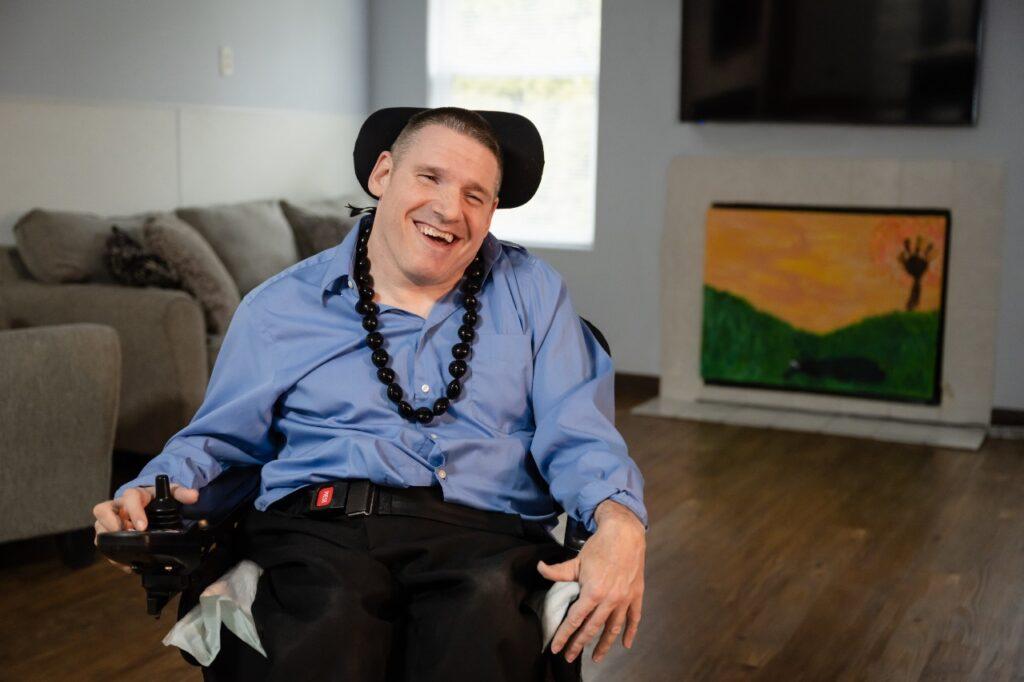
For most of us, it’s not difficult to see how support networks for people with disabilities can be critical in creating a strong community in which they can live independently, work, and enjoy all that communities have to offer. But how many of us realize that full community inclusion (with the help of those strong support networks) benefits the wider community, and society as a whole?
“Strength lies in differences, not in similarities.” Stephen Covey.
There’s plenty of proof to support the wise words above. For example:
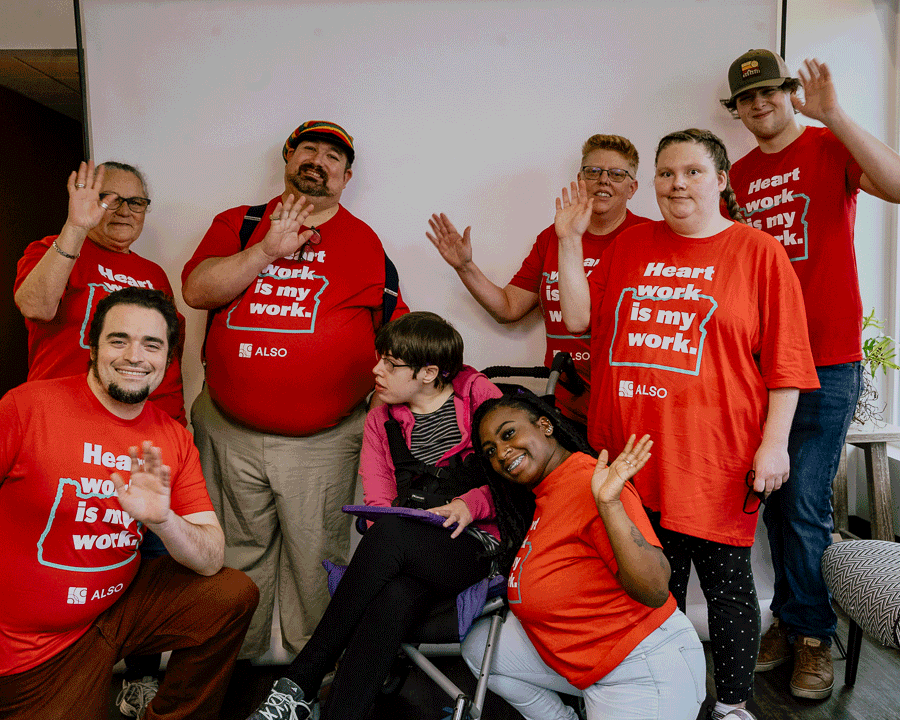
In our 25-year-plus history, we’ve witnessed how, when given equal opportunities and the right support network, people with disabilities benefit greatly from living and working as equal partners with other community members. Our community-based disability services consistently focus on our vision of full community inclusion for people with intellectual and developmental disabilities through the following:
We have been honored to see how the people we support go out into their communities, changing their lives and the lives of others for the better. Learn more about ALSO and our mission today!
Source for Quote: 70 Powerful Diversity And Inclusion Quotes For The Workplace
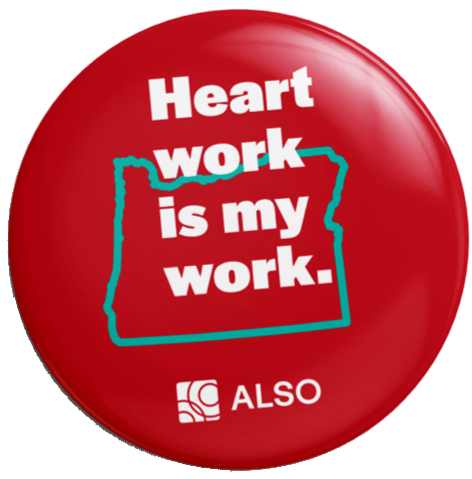
Sign up for our newsletter to get our latest news, content, and job opportunities.
Help us ensure that everyone has the same opportunities in their home, workplace and community. Let’s make dreams!
